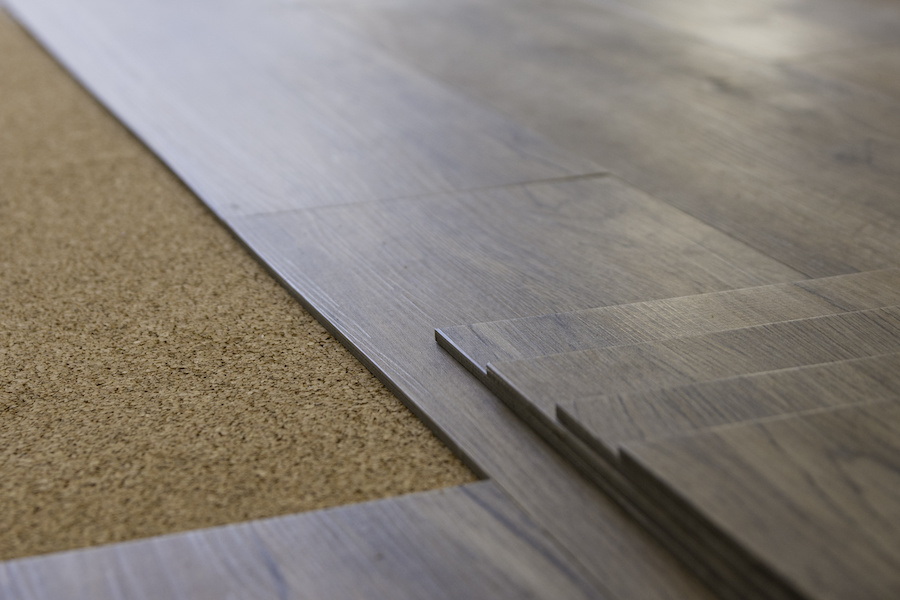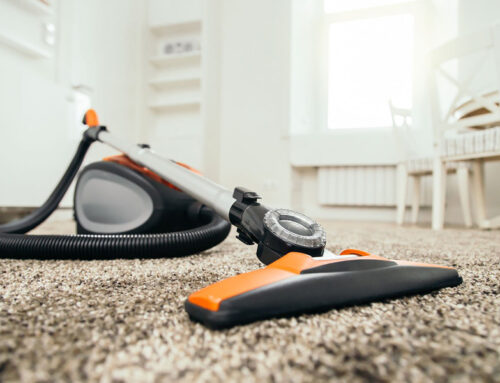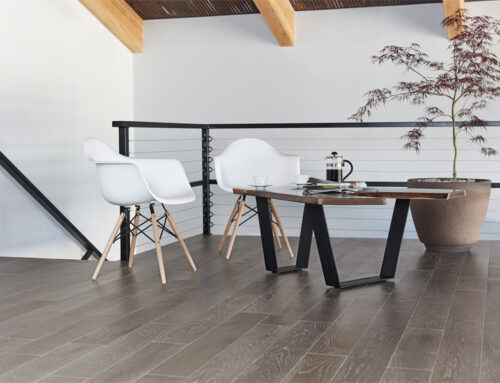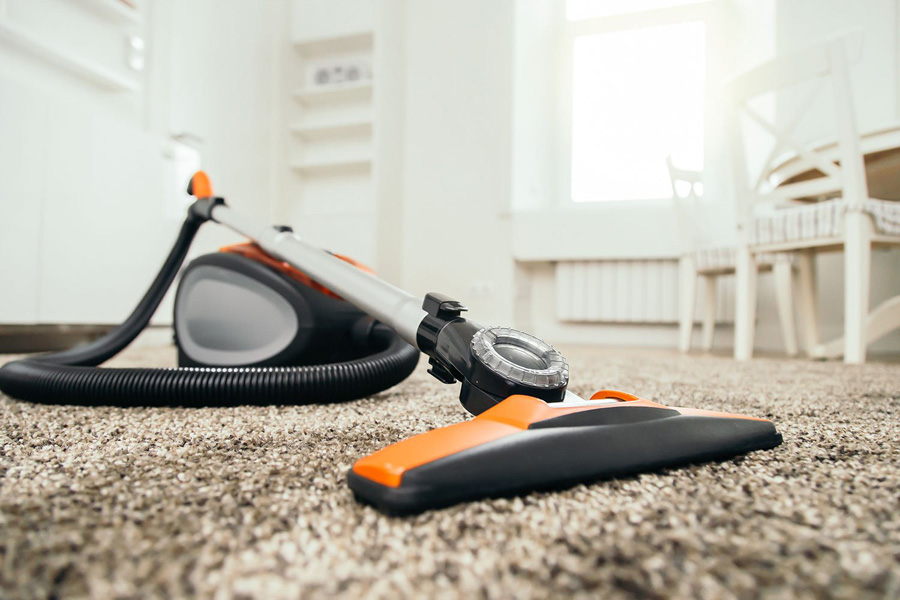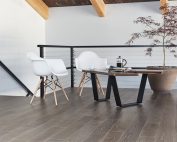If you have decided to replace your wood floors you might be asking yourself, what’s the best underlayment for hardwood floors? While not all flooring materials require an underlay during installation, hardwood floors are one of the materials that greatly benefits from a solid foundation. Typically, an underlay is a layer of material installed between the subfloor and your new hardwood floor. While some flooring materials can be installed directly on top of an existing material there are definite benefits to taking the time to create a flat and seamless foundation.
Types of Underlayment
There are a few different underlayments that are typically used to support hardwood floors. While they each serve a different purpose, they are all useful in their own way.
Black Paper Felt – budget friendly, creates a good vapor barrier, easy to install and fit
Felt – often made of recycled materials, green, affordable, creates a tight seal from humidity and insulates.
Cork – natural materials, renewable, sound dampening but not resistant to water
Foam – expensive, good insulator for sound and heat but compresses over time
Moisture Barrier
One of the biggest threats to hardwood floors is moisture. When planks are exposed to water and humidity they can warp, crack, rot, and weaken over time. Surprisingly, most of the damage comes from underneath the planks when water gets under the floor and penetrates upward. That’s why an underlayment is so important. It provides a thin barrier between the ground and your flooring materials. Even concrete can have hidden moisture, so don’t think that just because a material looks dry there isn’t moisture lurking below the surface.
Sound Reduction
Sound dampening is also a great benefit that comes with adding an underlayment. When installation is done straight into the foundation, there is generally a hollow clicking or cracking sound when walked upon. Planks tend to bend, creak and transfer impact noise from shoes and furniture in the home. Some types of underlayment are better than others at reducing this noise and can significantly help in absorbing the impact, rather than amplifying it
Insulation
Hardwood and other wood-look floors have the benefit of being easy to clean and simple to care for, but they can also be a bit chilly in the winter. They tend to absorb cold directly from the subfloor and can be uncomfortable in the cooler months on bare feet. An underlayment provides an additional barrier of separation that helps keep heat in. There are also varieties of underlayment that are compatible with radiant heat systems – a small luxury that can make a big difference in comfort.
Cushioning
While you might not think of hardwood floors as something soft to walk upon, underlayment adds a decidedly comfortable cushion for your joints and feet. While most underlayments are relatively thin, the tiny bit of give they offer allows your floors to expand and contract underfoot – leading to a slightly softer walking experience. This “give” also reduces squeaking and increases longevity.
Stability
Wood naturally expands and contracts with humidity and temperature, so installing an underlayment helps provide stability and support to your flooring. This assists in keeping boards from buckling, warping, or pulling at the seams. When hardwood, engineered wood, laminate, or vinyl plank flooring is installed and intentionally unattached to the subfloor, it’s called a floating floor. This method of installation creates a space between the floor and subfloor that might cause your hardwood to shift over time since nothing is holding it in place. While floating floors are increasingly popular due to their ease of installation and ease of access for future repair or maintenance, they don’t provide the same quality and longevity that properly supported floors do.


